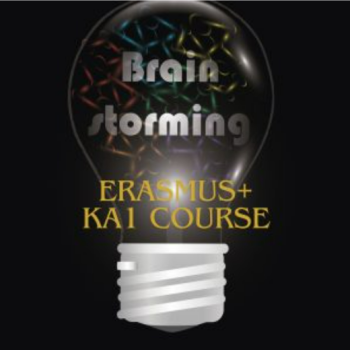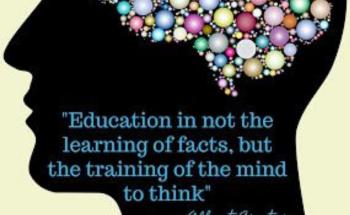
Content and Language Integrated Learning
“Content and Language Integrated Learning” (CLIL) is an advanced course for teachers who want to enhance their teaching practice by integrating language instruction into their content-based curriculum. The course is designed for educators who teach subjects such as science, math, social studies, and other content areas in a foreign language or bilingual setting.
Description
The course will provide teachers with an in-depth understanding of the principles and practices of CLIL. Participants will learn to design, plan and implement CLIL lessons that are both engaging and effective. Through interactive lessons, discussions, and hands-on activities, teachers will learn how to integrate language instruction into subject-specific content and assess student progress in a CLIL setting. The course will also cover ways to adapt instruction to meet the needs of diverse learners, including those who are second language learners.
Participants will also have the opportunity to develop their own CLIL lesson plans and receive feedback from the course instructor. The course will also include a review of the latest research and best practices in CLIL instruction.
By the end of the course, teachers will have the knowledge and skills necessary to design and implement effective CLIL instruction in their classroom. They will also have the confidence and resources to continue to improve their CLIL instruction in the future. This course is ideal for teachers who want to take their teaching practice to the next level and provide their students with an engaging and effective bilingual education.
Learning objectives
At the end of a CLIL course, participants will be able to:
- a. Understand and engage with subject-matter content in the target language: This includes being able to read, listen to, and speak about content-related topics with a high level of comprehension and fluency.
- Communicate effectively in the target language: This includes being able to use the target language to express ideas, opinions, and information in a clear and appropriate manner.
- Use language learning strategies: This includes being able to use effective strategies for vocabulary acquisition, grammar, and language learning in general.
- Develop cultural awareness: This includes being able to understand and appreciate the cultural context in which the target language is used, as well as being able to communicate appropriately with native speakers of the language.
- Develop critical thinking and problem-solving skills: This includes being able to analyze and evaluate content-related information, and to use this information to solve problems and make decisions.
- Apply their language and content knowledge in real-world contexts: This includes being able to use their language and content knowledge in real-world situations, such as in a job or in academic or professional settings.
- Plan and deliver effective instruction: This includes being able to design and implement lesson plans that integrate language instruction with subject-matter content, and to use a variety of teaching methods and techniques to engage and motivate students.
- Use assessment strategies: This includes being able to use a variety of assessment strategies, such as formative and summative assessments, to evaluate student progress and adjust instruction accordingly.
- Use technology: This includes being able to use technology, such as interactive whiteboards, multimedia resources, and language learning software, to enhance instruction and support student learning.
Methodology & assessment
Interactive Lectures: Participants will engage in interactive lectures that provide an overview of the principles and practices of CLIL. These lectures will include discussions, group activities, and real-world examples to help participants understand the concepts being presented.
Hands-on Activities: Participants will have the opportunity to engage in hands-on activities that allow them to apply the concepts they have learned in the lectures. These activities might include designing and planning CLIL lessons, integrating language instruction into a content-based curriculum, and adapting instruction to meet the needs of diverse learners.
Lesson Planning and Feedback: Participants will have the opportunity to develop their own CLIL lesson plans and receive feedback from the course instructor. This will help them to apply the concepts they have learned in the course to their own teaching practice.
Research and Best Practices: The course will include a review of the latest research and best practices in CLIL instruction. This will help participants stay current with the latest developments in the field and ensure that they are using evidence-based practices in their teaching.
Collaboration and Discussion: The course will include opportunities for collaboration and discussion among participants. This will allow teachers to share their experiences, ask questions, and provide feedback to one another. This will also foster a sense of community among participants and provide a valuable source of support as they implement CLIL instruction in their classrooms.
Certification details
- Certificate of Attendance
- Europass Certificate (if requested)
Pricing, packages and other information
-
Price:400Euro
Additional information
-
Language:English
-
Target audience ISCED:Lower secondary education (ISCED 2)Upper secondary education (ISCED 3)Post-secondary non-tertiary education (ISCED 4)
-
Target audience type:Not-for-profit / NGO staffTeacherTeacher Educator
-
Learning time:25 hours or more
Past sessions
More courses by this organiser




